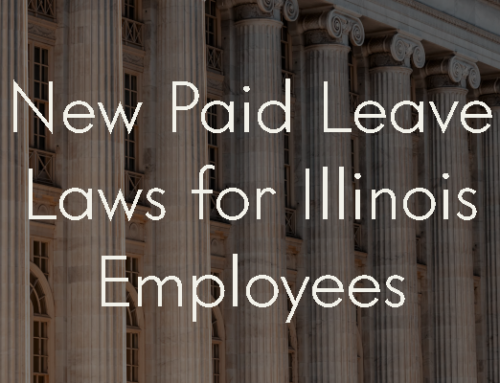This post is part of our series about trademarks, “Trademarks: Knowing When to Get One and How to Protect One.” Check back soon for our next and final post in the series, “I have a trademark. How do I protect it?”
How do I actually get the trademark?
Once you determine that no one else is using your mark, you want to either register the mark at the US Patent and Trademark Office Website, or you can just start using the mark. Long, continuous use of a mark that has gained recognition in the public can create a trademark (as seen in Homeowners Group, Inc. v. Home Marketing Specialists, Inc.). However, there are a lot of requirements to meet, and these requirements have to be proven in court if a trademark battle comes to a lawsuit.
It is always a good idea to register your trademark. Even if you have been using a mark for a long time and believe that you have trademark protection already because of your use, registering your trademark makes it easier to search publicly, shows that you have definitively been using the mark since a certain date, and requires less proof if you have to go to court to defend your mark. Furthermore, registering your trademark does not discount your past use of the mark – if there is ever a lawsuit over trademarks, the court will consider when you started using the mark, even if you did not register it until later (Johnny Blastoff Inc. v. Los Angeles Rams Football Co.).
Registering a trademark is a process that requires filling out forms with the US Patent and Trademark Office. There are a few forms to choose from, and each one has its own advantages. There are also key terms of art to fill in these forms, which vary depending on the type of mark, what the mark represents, and who owns the mark. Hiring an attorney, at least to register the trademark, can be helpful because they often know the appropriate language to use to get your trademark registered and keep you from getting fines later. You can visit the US Patent and Trademark Office’s website to learn more about the process and whether you should hire an attorney to help you.
It’s quite a lengthy and involved process, and is hard to keep track of by yourself. G & G Law can help you get a trademark every step of the way, from searching for conflicting marks, to choosing classes and definitions, and finally to filing and registration.




